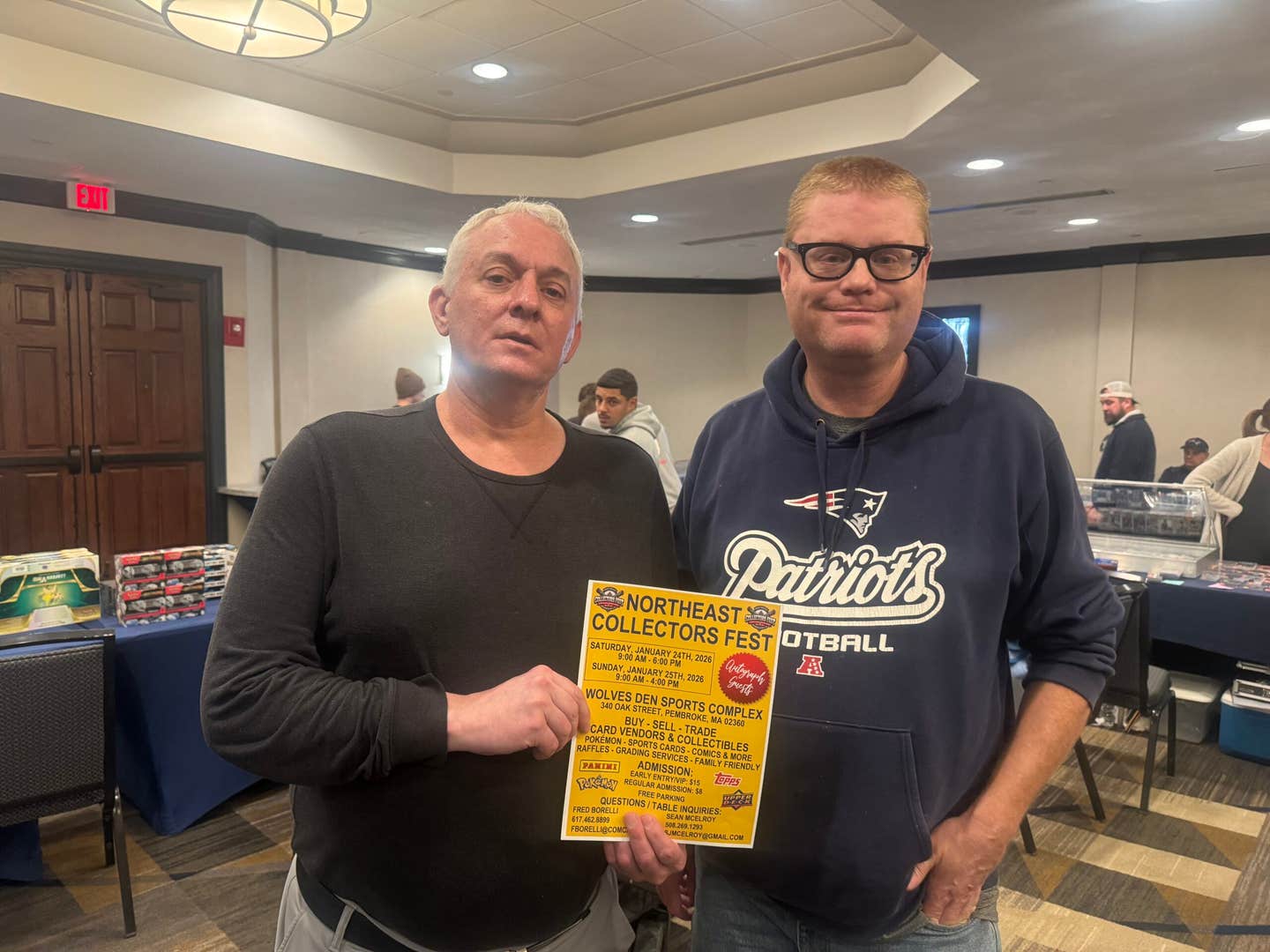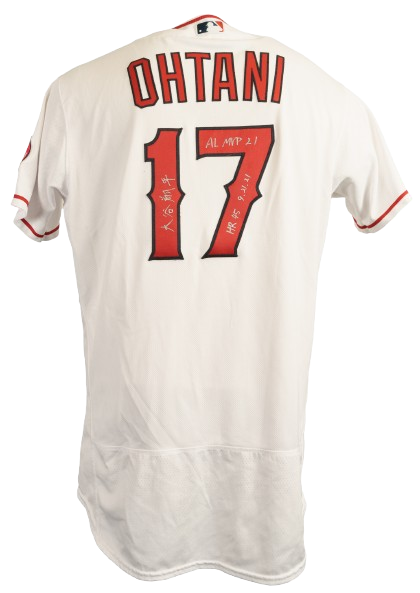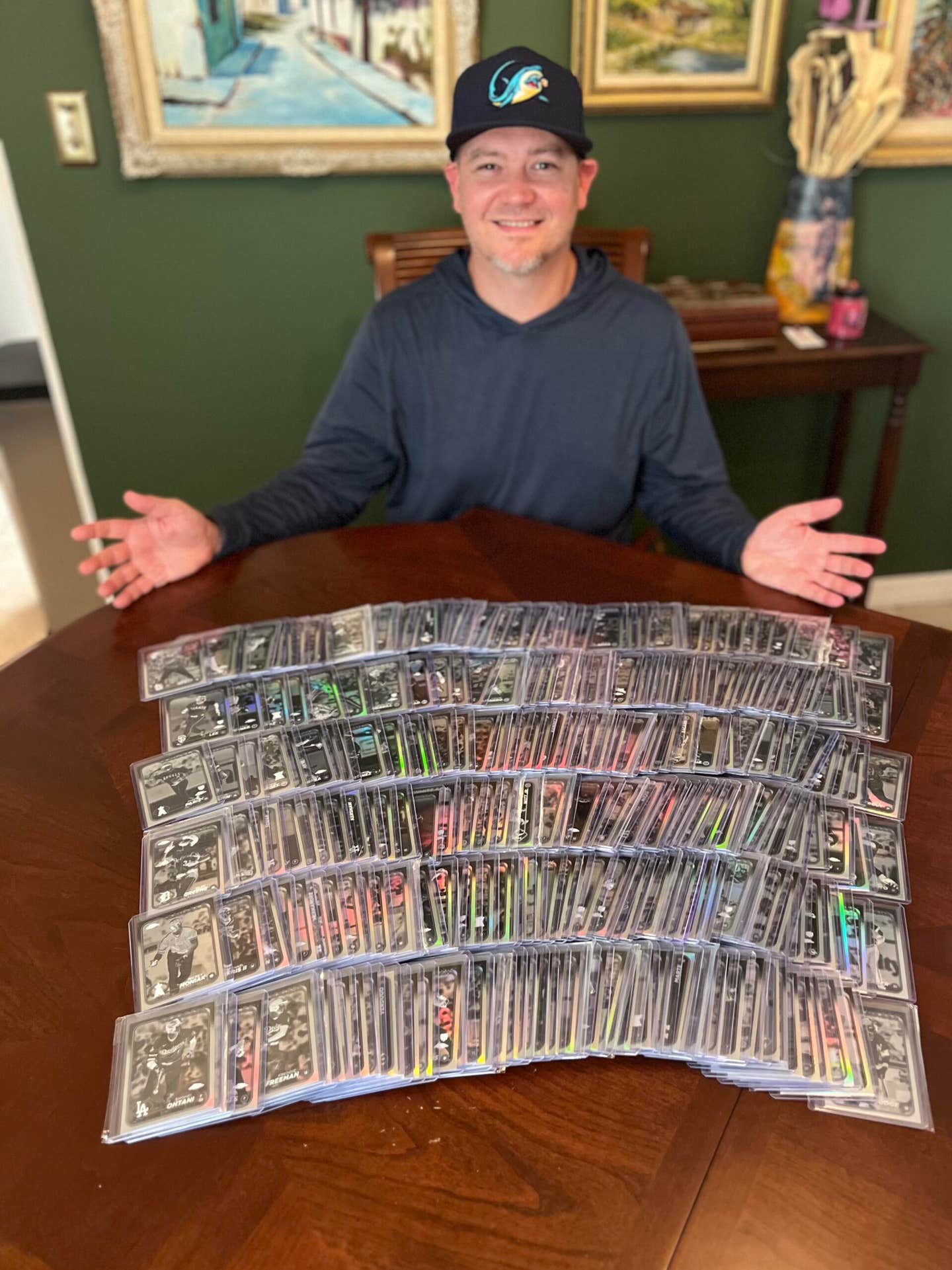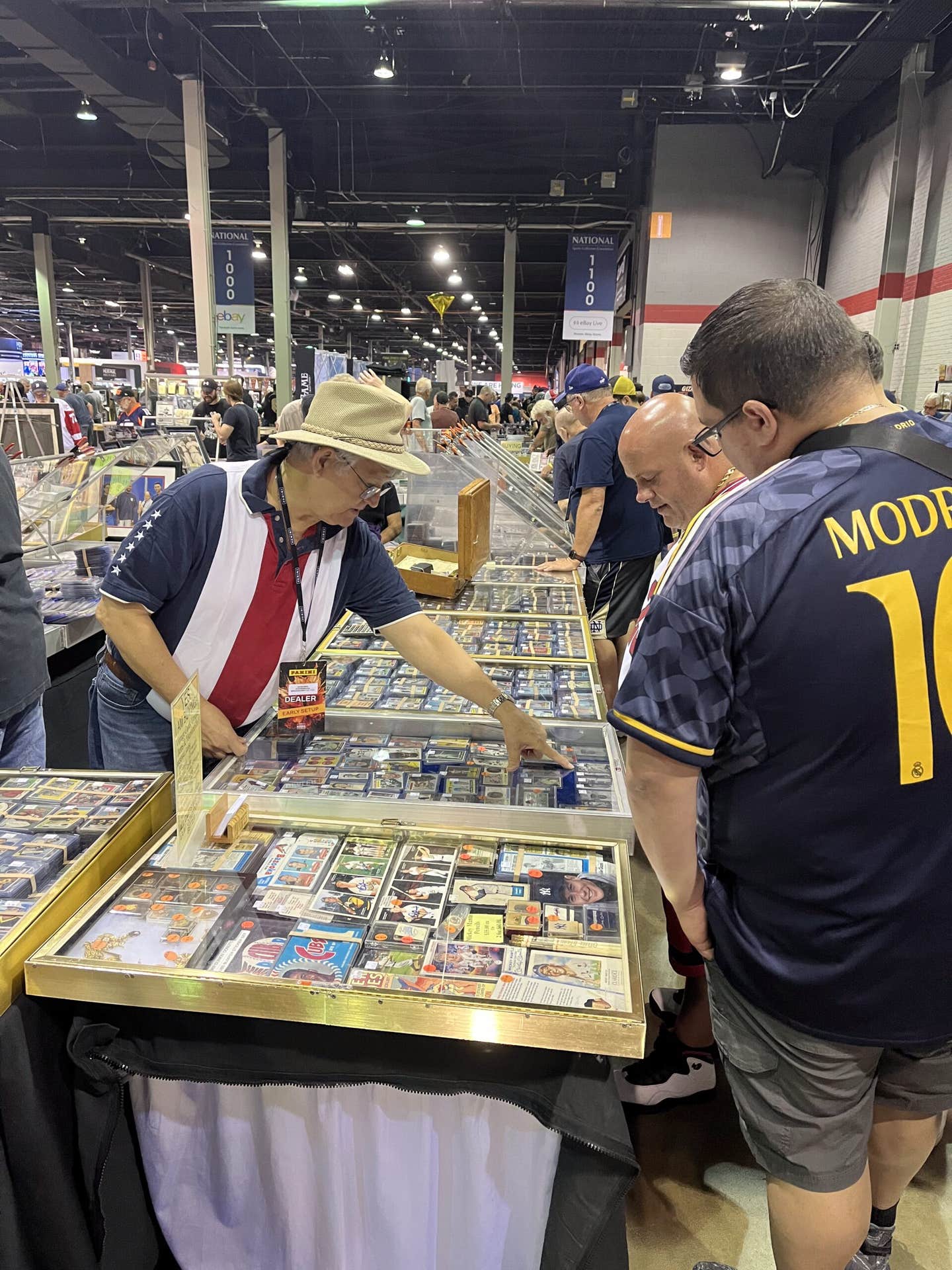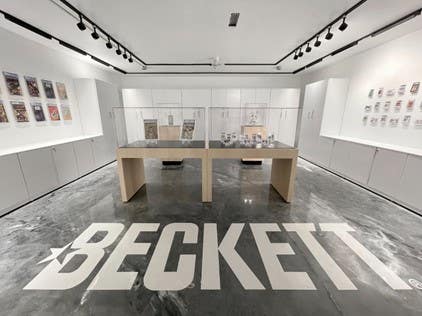News
1959 Topps a set or the ages
How can the perfect baseball card set have only a smattering of big-time rookie cards – and not particularly attractive ones at that – and have the most important player in the game missing from the issue and still wind up with that kind of lofty designation?
Here’s how.
In the final year of the most important decade of the postwar baseball card hobby, the Topps designers came as close as possible to coming up with the unsurpassed design at the same time that the printing technology for color photography was improving enough to make some great images. Add in the fact that the slightly truncated oval used in 1959 handsomely allows for both horizontal and vertical photography and you can see why the last issue of the decade is such a popular choice for serious hobbyists a half century later.
Oh, and I forgot to mention that in a world where first impressions are so important, our featured card issue also lays claim to having the lamest No. 1 card in the history of the Topps Co. It may have been the last residual of the obsequious Ike-like era that elevated conformity to an art form, but having the Commissioner of Baseball, Ford Frick, lead off sounds even worse on paper than it actually was in cardboard. But the set survived this ill-considered genuflection to Babe Ruth’s ghostwriter, though it does make the Frick card one of the most expensive baseball cards ever picturing somebody in a suit and tie. I suppose the real title holder would be William Harridge’s No. 1 card leading off the 1956 set.
And speaking of the American League president, where was he in 1959? National League President Warren Giles is card No. 200, but nothing for the AL honcho. I guess Topps figured he’d had enough, having been pictured prominently in 1956-58.
In keeping with the theme, there was a certain patriotic fervor to the 1959 set as well, with red-white-and-blue regalia whispering everywhere that the Russians may have been the first in space with Sputnik but Americans had no challenger when it came to saluting the flag.
Topps launched what would be an annual blessing of the idea of the rookie card, though the company could not have envisioned the secondary market implications that the idea would encompass some 20 years later. The first-ever Topps Rookie Stars subset debuted in 1959, with 31 prospects of wildly varying degrees of promise depicted in front of a backdrop that certainly reminded me of an American flag that spring when I started encountering them in packs.
pictures of the castoffs, reprobates and scalawags that they did have available.
So while the quality of the card stock used for the seventh series improved dramatically, the use of regular color photos that had been the order of the day through most of the first six series almost ground to a halt in Series Seven.
All the All-Star cards were just fine, but of the 43 other slots in the high series, more than half (24) are Flexichromes, which looked odd to us then and still do today. As noted earlier, that meant nostalgic but peculiar looking rookie cards for Hall of Famer Gibson and longtime Tigers All-Star Norm Cash.
And just for some added irony, many of the seventh series cards that did have a regular color photo are particularly attractive specimens, with the image sharper and more vivid on the higher quality paper stock.
Piddling errors and a bit of mischief ...
Errors, or at least the conventional kind that you think of when discussing baseball card issues, weren’t a major element in 1959. There are three variations of Warren Spahn’s No. 40 card in the first series (there could have been more than that), but there’s not a huge price differential with the three, in part because of his Hall of Fame status, which makes all three already fairly expensive anyway.
Spahn and his good buddy, merry prankster and fellow Braves pitching standout Lew Burdette, actually conspired a bit to bedevil the Topps photographer, though only Burdette got away with it. “Card No. 440 of Lew Burdette is shown as a left-handed pitcher,” said Dean Hanley of Dean’s Cards in Cincinnati, Ohio. “As the story goes, the spitball pitcher and Warren Spahn traded gloves for the Topps photographer as a joke, but only the photo of Burdette was used by Topps.”
Indeed, we have some decent corroboration for that story: Spahnie himself told me about it many years ago at a hotel bar in Chicago when I was trying in vain to swill Miller Lite as quickly as he was downing Heinekens. He’d actually posed as a righty, but the Topps guys caught it and used a portrait shot instead. They may have been so unsettled by the fun-loving Spahn that they found themselves unhinged when it came time to prepare the back of his pasteboard.
The rest of the errata consists of five journeymen who have cards with or without option or trade lines added to the backs. The price differences here can be jarring, with the earlier cards without the additional line of text being roughly 10 times as expensive as the later versions.
There are also a couple of other corrected errors, with three versions of Haywood Sullivan’s No. 416 card that are so arcane and convoluted that just trying to read the description will make your teeth hurt. Oh, yeah, Nats All-Star pitcher Camilo Pascual is actually pictured on Ralph Lumenti’s card, which is presumably more disturbing for Lumenti that it would be for Camilo, who had his own indignity to suffer through. His name was misspelled “Camillo” on his own card.
It’s what’s up front that counts, but ...
The old saw in the hobby used to be that if you we’re extolling the virtues of the back of the card there must be something amiss with the front, but that’s not the case here. While the fronts are as effective as any issue Topps ever produced, the backs are notable as well.
While Topps had dabbled with white and gray card stock through the years, it became a bit more structured in 1959, almost neatly alternating between the two as they went from even-numbered to odd-numbered series. Almost.
Thus, the first series, or more precisely I should say the first 110 cards, is found with bright white backs; then from Nos. 111-198 it’s gray backs. Third series cards Nos. 199-286 were issued with white or gray backs, then it’s back to gray backs for Nos. 287-374, which includes the five option/traded variations. Series Five is white backs Nos. 375-440; Series Six back to gray, and the final series with a noticeably different white card stock (plus reversed type numbers in a black box that also makes the final run stick out a bit).
While that may seem like minutia to the uninitiated, it makes for a cool look when the cards are placed stacked in a box as they might be found in a vending box.
And a final word about coloring, but now it’s back to the front. As Topps had done loosely the previous year when the bright colored backgrounds of 1958 quite nearly had a team-linked color code, so the Topps guys tried that maneuver once again.
So in a time when it was a lot more common to find a young collector concentrating on his favorite team as opposed to the infinitely more ambitious undertaking of amassing a complete set, the universe would seem ordered and appropriately disciplined as all of your Milwaukee Braves would have the yellow background, or even more dramatically, the Detroit Tigers would boast that captivating blood red. And just as you start feeling all at one with the universe when you put them all into a handsome stack on your dresser, up would pop the fly in the ointment. Like a puke green Tom Morgan in the high series that upended all those bright red Tigers, or the putrid purple of Carlton Willey’s No. 95 that shattered the uniform yellow of my Braves.
A bit later on in the second series, the No. 157 Felix Mantilla in pale blue didn’t even faze me one bit. The ground ball that would skip through his wickets in the bottom of the 12th inning of the second playoff game at the Los Angeles Coliseum on September 29, 1959, at 9:36 p.m., that’s another matter entirely.
But, clearly, I’ve gotten over it.



